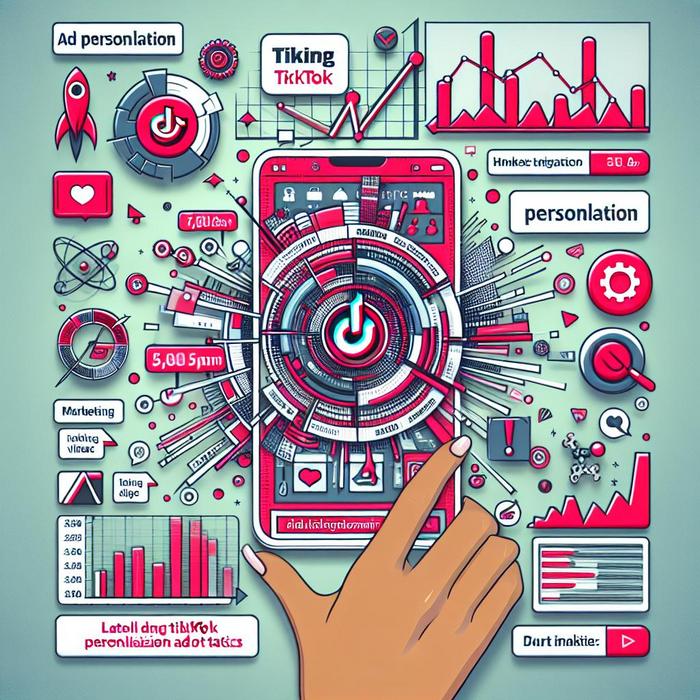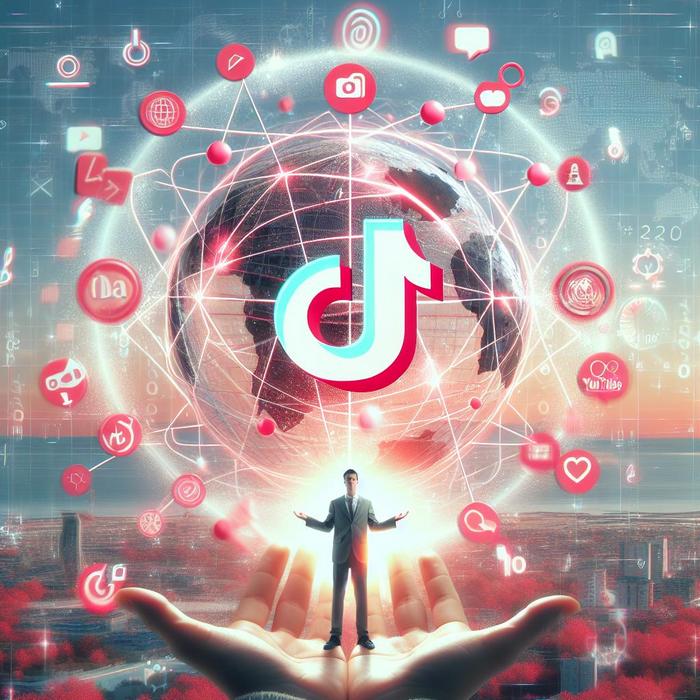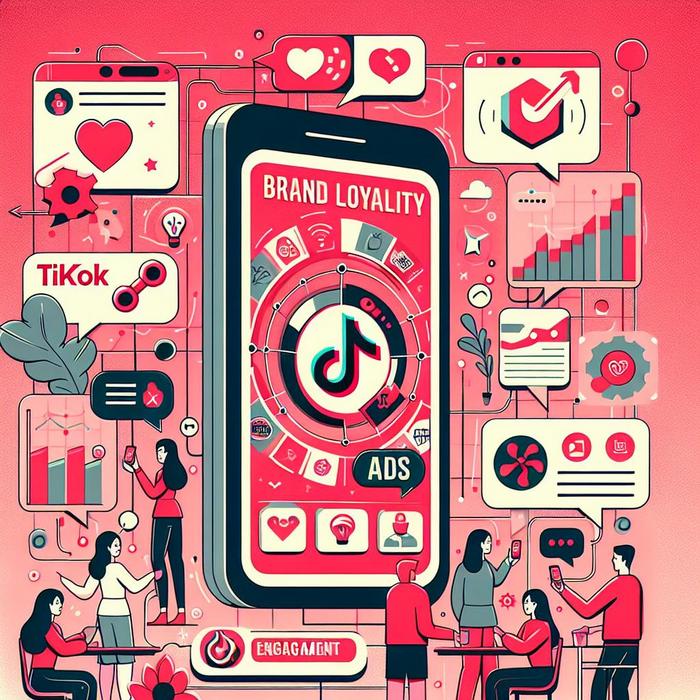Mastering the Art of Building and Retaining Customer Loyalty
High-level executives understand the critical role that customer loyalty plays in maintaining business growth. And increasingly, a successful strategy for achieving that loyalty is through personalized advertising. Google Ads personalization is distinctive on this front in terms of its unprecedented reach and potential for customization.
Investing in Google Ads Personalization for Brand Building
Google Ads offer a wide array of customizable options that businesses can leverage to provide a highly personalized experience for their customers. If your target audience feels that your messaging resonates with their needs or interests, they are more likely to feel a stronger connection to your brand.
Such individually tailored marketing strategies are instrumental in building brand loyalty, which manifests as increased repeat business and customer retention.
Strategic Customer Retention through Personalized Advertisements
In the realm of marketing, there’s a longstanding principle: it’s far cheaper to retain existing customers than to acquire new ones. A study published in the Journal of Business Research also reaffirms this concept, emphasizing that customer retention has a significantly higher ROI compared to customer acquisition.
With its in-depth analytics, Google Ads offers invaluable insights into user behavior, allowing you to tailor your ads to meet specific consumer needs. This level of personalization fosters a stronger user-brand connection, enhancing customer retention and consequently boosting your bottom line.
Nurturing Brand Loyalty Through Data Collection
A successful Google Ads personalization strategy starts with data collection. First-party data offers deep insights into customer behaviors, preferences, and trends. This valuable information forms the backbone of any personalized ad campaign.
However, high-level executives should also pay attention to the ethical collection and use of first-party data. For more on this, check out this insightful article from SalesWings on first-party data collection strategies and their role in customer retention.
Utilizing Predictive LTV Models for Targeted Advertising
Another tool that high-level executives can utilize in their quest for customer retention is Google’s Predictive Lifetime Value (LTV) Models. This incredibly useful tool allows businesses to anticipate how much value a customer will bring over their lifetime, helping to refocus marketing strategies and allocate resources more effectively.
You can learn more about how these models evolve with Google Bidding in our detailed guide here.
Empower Your Marketing Teams with AI-Driven Ad Analytics
Artificial Intelligence (AI) is elevating ad analytics to a whole new level. AI-powered tools can help your marketing teams decipher complex data, deliver meaningful insights, and shape more effective marketing strategies.
With Google’s AI-driven ad analytics, executives can harness the power of machine learning to derive actionable insights from vast amounts of data, driving higher customer retention and loyalty. You can read more about empowering your marketing teams with Google’s AI-driven analytics at this link.
Achieving Brand Loyalty in an Omni-Channel World
The modern consumer moves effortlessly between various online platforms. As a result, businesses need to establish a consistent and engaging presence across these channels to maintain customer loyalty.
Effectively integrating Google Ads personalization into your multi-channel marketing strategy can help achieve this consistency, further strengthening brand loyalty. Our article at this link offers valuable insights into how top executives utilize strategic ad tools to realize their long-term vision.
Personalized advertising, particularly via Google Ads, offers a compelling avenue for high-level executives to build and foster brand loyalty. Leveraging targeted advertising paired with insightful data collection can result in a powerful strategy for customer retention and business growth.
Focusing on Personalization in Advertising
The ability to customize a marketing message down to the individual user can be a game-changer in fostering long-term brand loyalty. Personalization is all about demonstrating understanding and knowledge of a customer’s requirements with each advertisement or marketing campaign.
Companies can take cues from a consumer’s behavior, historical data, preferences, and e-commerce habits. Then, with the strategic deployment of these insights, advertisements can be tailored to provide the most relevant and engaging consumer experiences – something the established McKinsey Report thoroughly explains.
AI & Personalized Marketing: A Symphony of Growth
While personalization sounds intriguing, it can be complex to implement. But fret not, as artificial intelligence (AI) steps in to revolutionize the way marketers undertake this task. By analyzing millions of data points, AI brings out meaningful patterns that can significantly enhance personalization efforts.
A detailed discussion about AI’s transformative role in marketing is presented in this ERMarketing article. Businesses that are yet to embrace AI for personalization should consider this step towards user-centric advertising methods.
Investing in Customer Retention
While attaining new customers is still crucial for any business, focusing on customer retention is equally, if not more, important. Loyal customers not only bring in a steady revenue stream but also serve as brand advocates, attracting more consumers to the brand. In this insightful post on HubSpot, you’ll find several strategies for effective customer retention.
By honing in on personalized advertising, businesses can aim to pamper their customers with unique, individual experiences that encourage loyalty and retention. Our detailed guide at this link offers a thorough understanding of utilizing popular channels for maximizing brand recognition and customer involvement.
Leveraging Multiple Advertising Channels
With customers increasingly toggling between various online platforms, it’s important to adapt to this behavior and evolve a brand’s presence in an omnichannel manner. Google Ads is a vital tool for this endeavor, but incorporating other platforms like TikTok or Meta can be an innovative addition to your campaign planning.
Our detailed guide at this link provides key insights on this intricate task.
In essence, adapting to the online behavior of consumers and implementing a dynamic, personalized ad strategy across multiple platforms is crucial for brand loyalty and business growth. High-level executives must continually reassess their brand’s approach to these areas and make data-informed decisions that complement their core business strategies.
Emphasizing customer loyalty through personalization, focusing on retention, and capitalizing on omnichannel advertising can lead to substantial business growth. Businesses ready to integrate these approaches can look forward to fostering stronger customer relationships and witnessing a promising rise in their brand loyalty.










personalized ads really seem to be making waves in brand loyalty. leveraging google ads for audience-specific messaging sounds like an effective approach. plus, with ai stepping up, the complexity factor might just get a whole lot simpler.